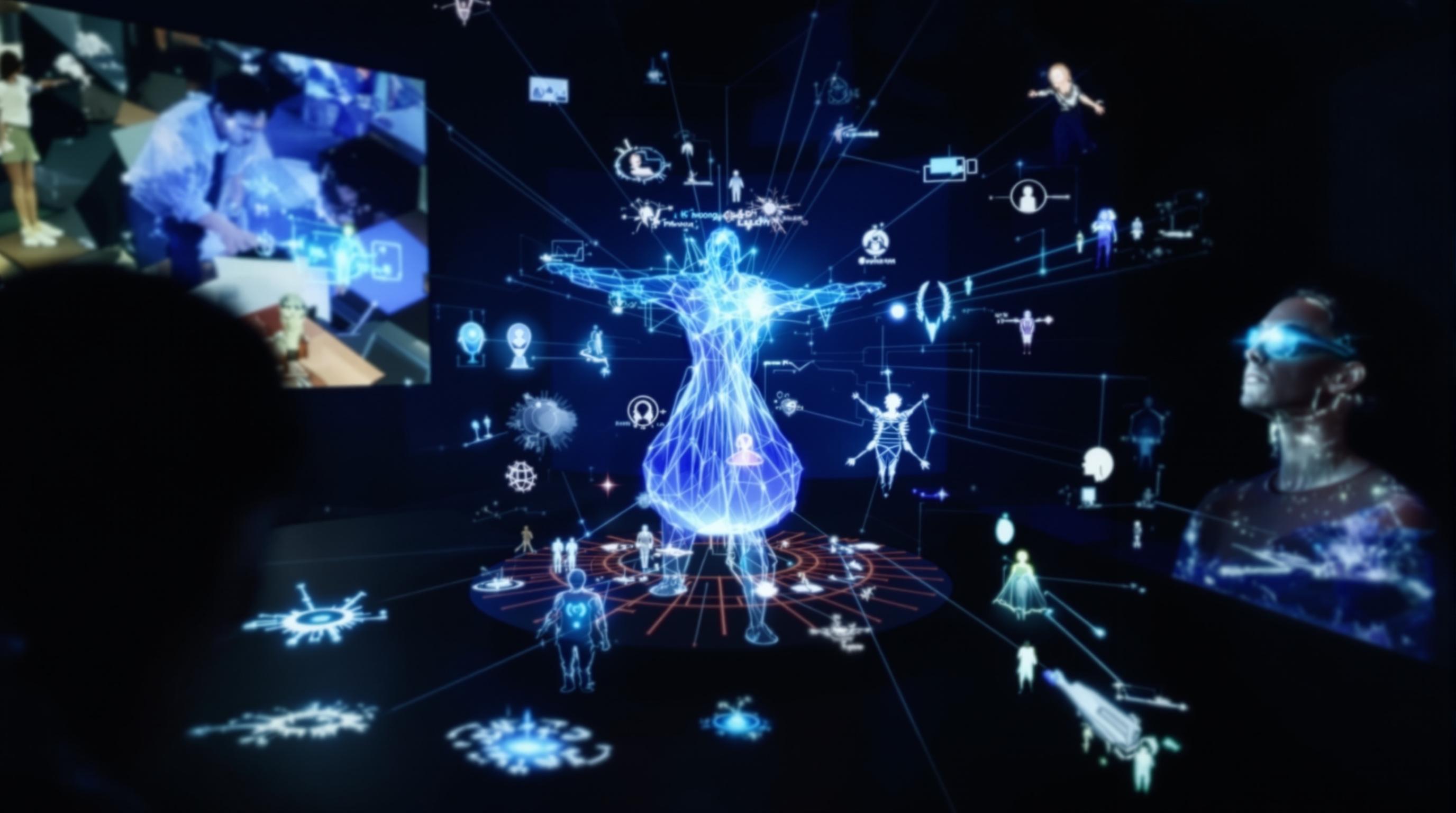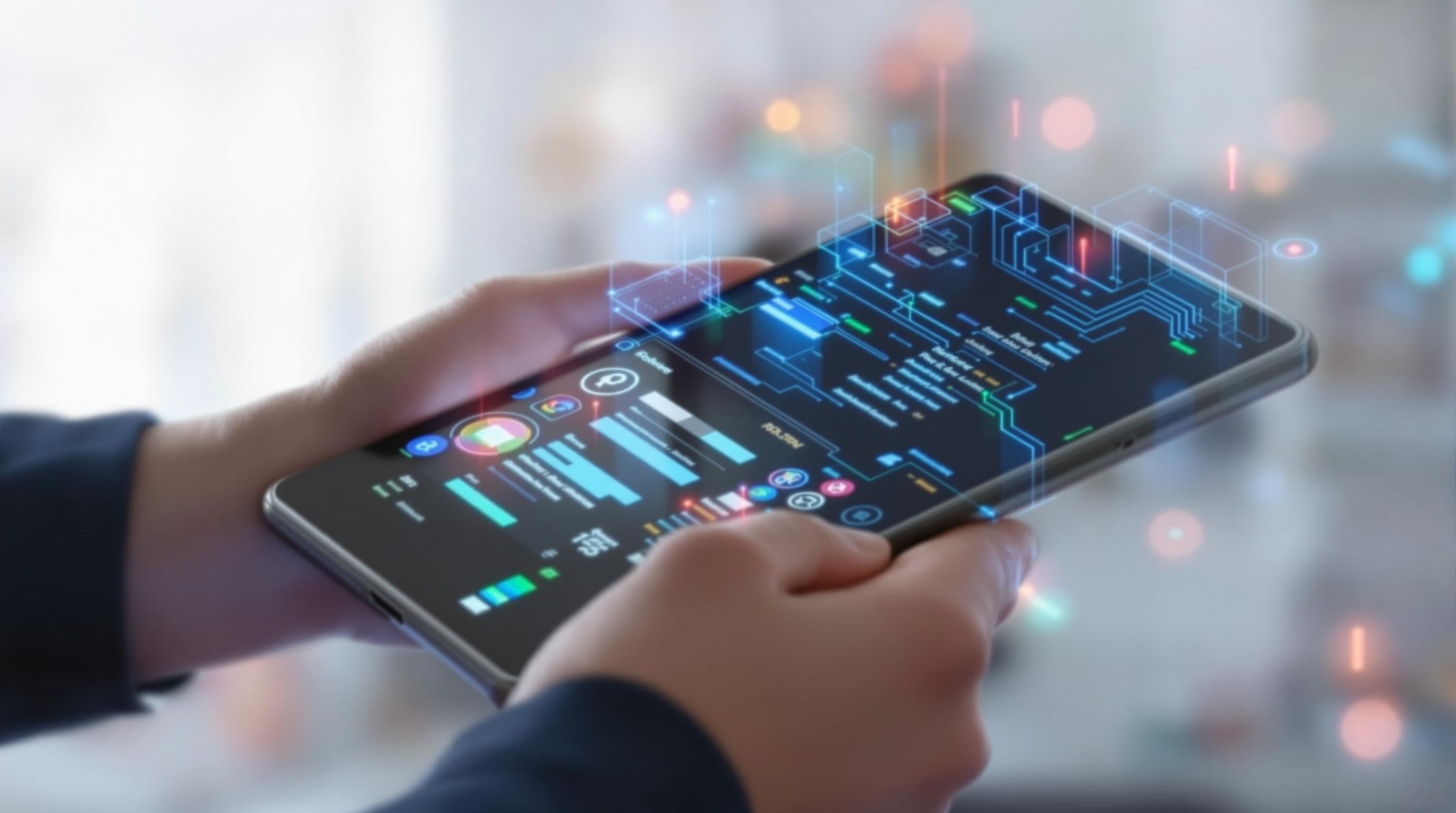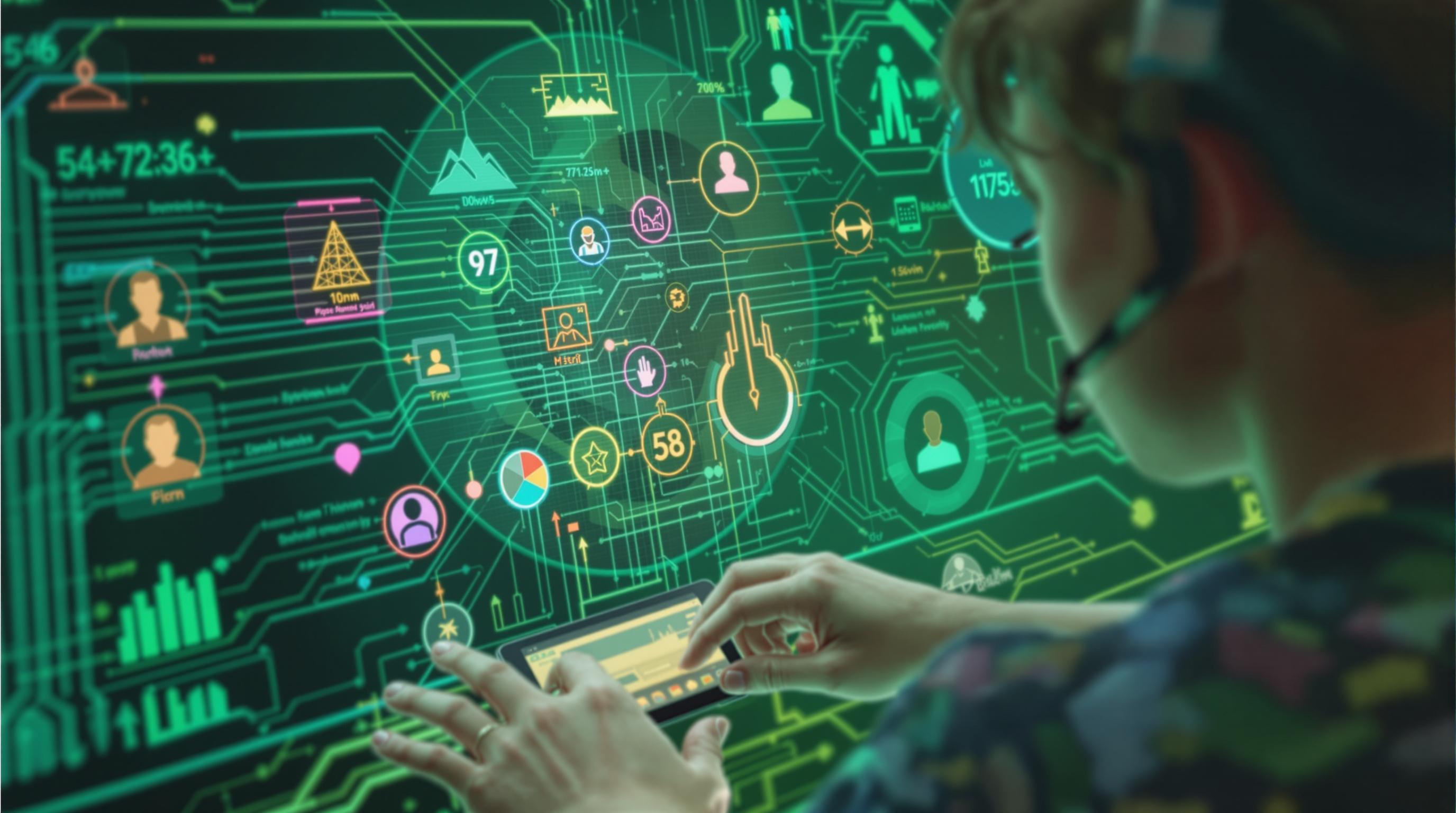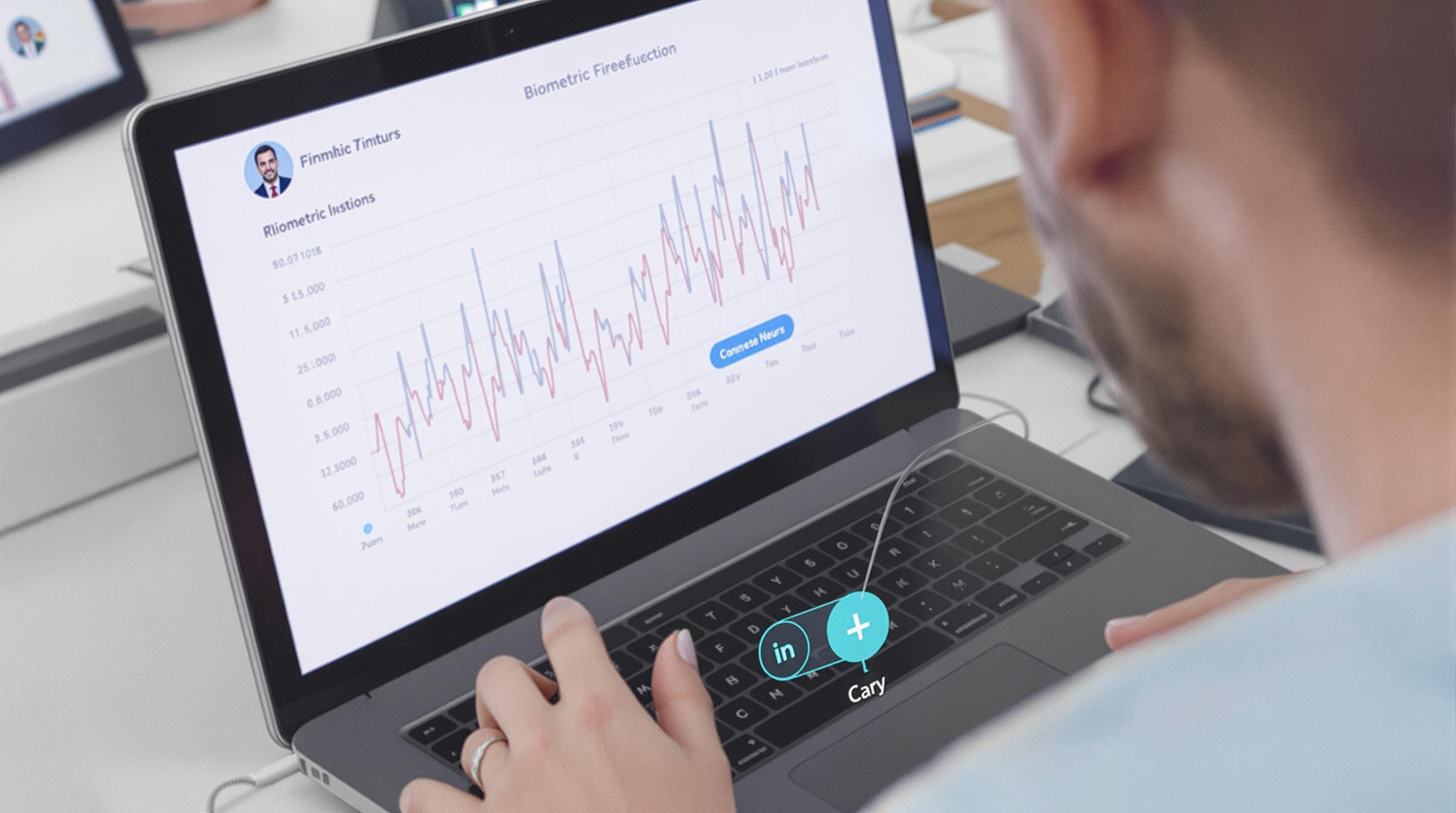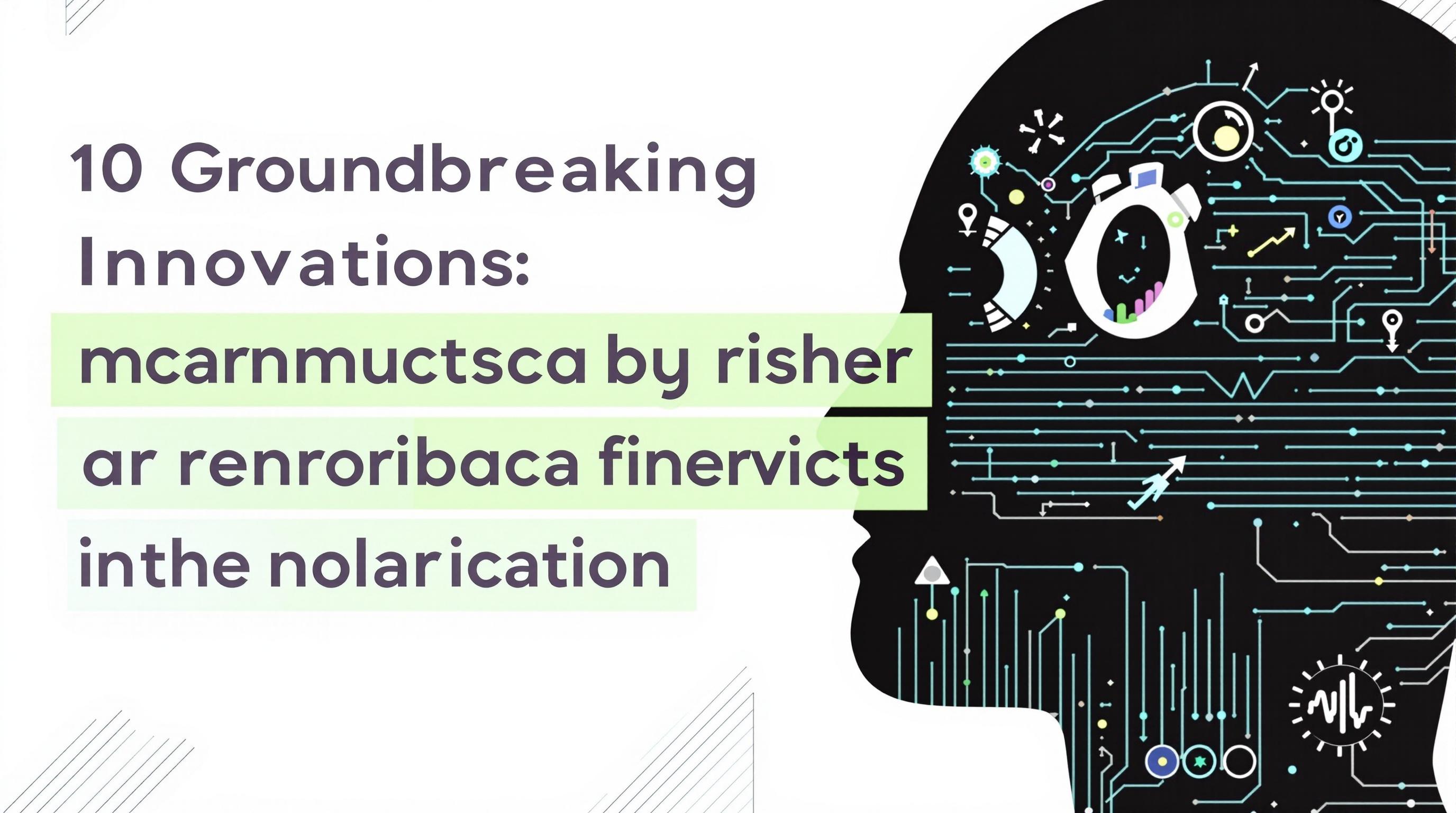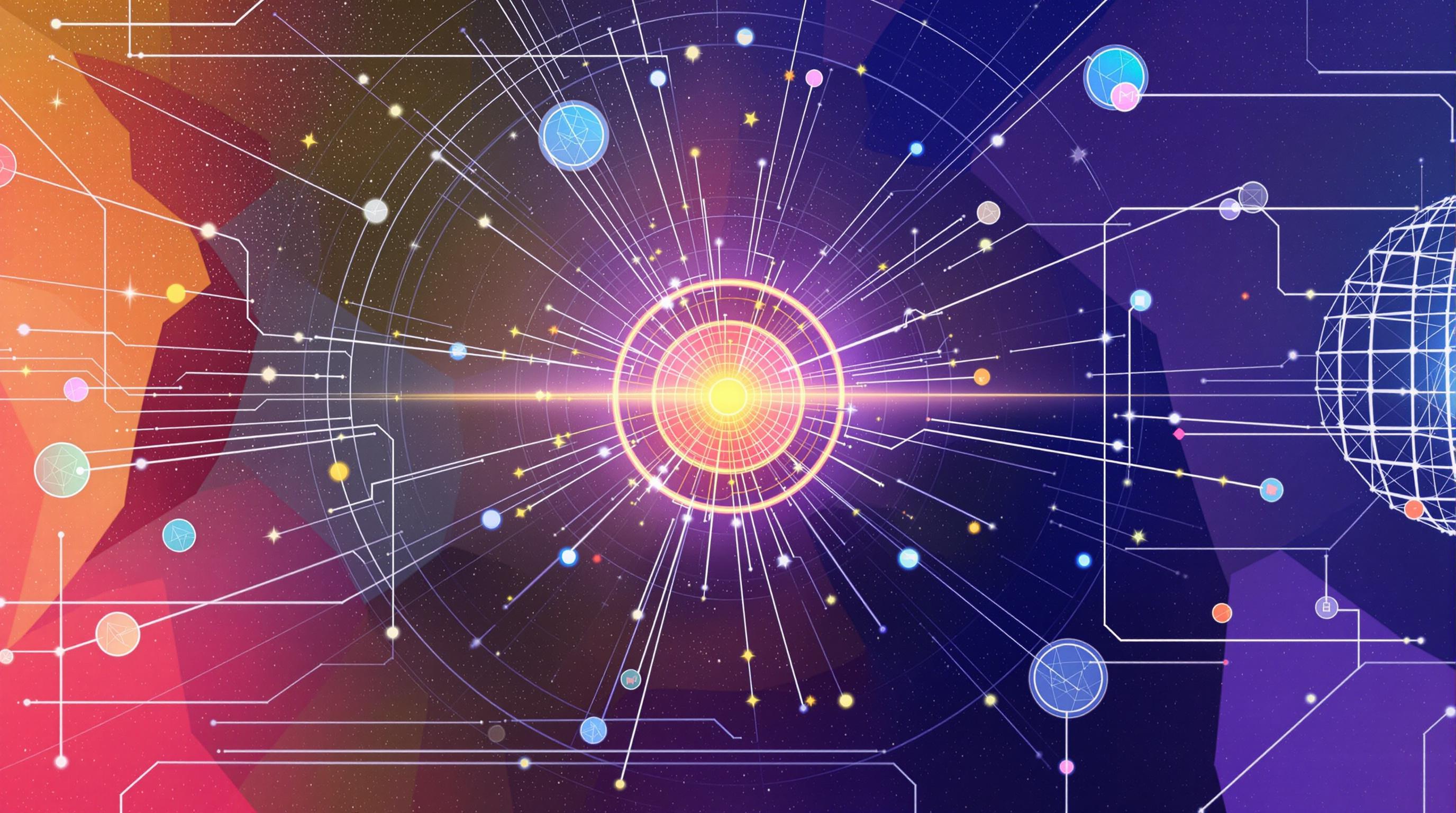Related Articles
- Uncharted Frequencies: The Surprising Role of Subcultures in Shaping Global Digital Landscapes
- Wired Whims: The Unexpected Role of Niche Online Communities in Shaping Global Digital Trends
- Fragmented Signals: Exploring the Shadows of Digital Divide in Emerging Economies and Its Impact on Global Unity
- Decoding the Invisible: How Microbial Communication Could Revolutionize Digital Interactions
- Cryptic Channels: How Encrypted Messaging Platforms Are Reshaping Trust and Transparency in Online Interactions
- Mysterious Modes: The Rise of Cryptographic Channels in Secret Online Dialogues and Their Hidden Impacts
7 Surprising Interfaces: How Holographic Projections Are Pioneering New Pathways in Digital Dialogue and Collaboration
7 Surprising Interfaces: How Holographic Projections Are Pioneering New Pathways in Digital Dialogue and Collaboration
7 Surprising Interfaces: How Holographic Projections Are Pioneering New Pathways in Digital Dialogue and Collaboration
1. Introduction to Holographic Interfaces
In recent years, holographic projections have begun to make their mark on the digital landscape. These three-dimensional images enable interactive experiences that are significantly distinct from traditional two-dimensional screens. By breaking the confines of flat interfaces, holograms promise a more engaging and immersive form of communication that could reshape how we collaborate across distances.
Holographic technology utilizes laser beams to create realistic projections that can be viewed from multiple angles. This spatial interaction opens up a realm of possibilities for teamwork and dialogue, allowing participants to engage with digital content in a more intuitive manner. The evolution of such technologies is driven by advancements in optics and computer graphics, making it feasible for everyday use.
As various industries embrace this innovative medium, the potential for enhanced productivity and creativity grows. From education to corporate environments, holographic interfaces challenge the norms of interaction and collaboration, making it essential to explore their impact on our digital conversations.
2. Enhancing Education with Holography
Holographic projections hold immense potential to revolutionize the educational landscape. Traditional teaching methods often struggle to engage students in understanding complex concepts. Holograms, however, can present difficult subjects visually, making learning both engaging and memorable.
For instance, medical students can examine interactive 3D anatomical models that allow them to visualize and manipulate body parts as if they were in a physical environment. This experiential learning fosters deeper comprehension and retention of knowledge, bridging the gap between theory and practice.
Innovators like Microsoft’s HoloLens are at the forefront of this educational transformation. By integrating augmented reality into classrooms, educators are discovering new teaching methodologies, which can lead to enriched learning experiences for students spanning diverse disciplines.
3. Business Collaboration Redefined
The world of business is swiftly adapting to holographic interfaces in an effort to enhance collaboration. With teams often spread across the globe, the need for effective communication tools is more pressing than ever. Holograms offer a solution that transcends geographical boundaries by fostering real-time engagement.
Companies such as Looking Glass Factory have pioneered holographic workspaces that enable teams to interact with 3D models and presentations collaboratively. This immersive environment stimulates greater creativity as colleagues can visualize ideas collectively rather than viewing static slides or documents.
Furthermore, holographic projections can simulate in-person interactions, making meetings feel more personal despite the digital divide. This shift could enhance relationship-building among remote teams, ultimately improving productivity and overall job satisfaction.
4. Creative Industries and Holographic Artistry
The creative arts have always embraced innovative technologies, and holography is no exception. Artists are now exploring this unique medium to captivate audiences with immersive installations and experiences that challenge conventional forms of artistic expression.
Holographic storytelling can transport viewers into new worlds, blurring the lines between reality and digital fabrication. This avenue for creativity not only captures attention but also invites spectators to interact and respond to the art, thereby deepening their emotional connection.
Holography has also found its way into the realm of performances. Artists can enhance live shows with dynamic holographic elements, allowing them to craft rich narratives that would be challenging to convey through traditional means. This fusion of art and technology creates opportunities for innovative storytelling that resonates with diverse audiences.
5. Holograms in Healthcare
Healthcare is another field where holographic technology is making significant strides. Surgeons can utilize holographic projections during procedures to visualize critical data or diagrams, significantly enhancing precision and outcomes. This real-time information aids in decision-making, ultimately leading to improved patient care.
Additionally, medical training can benefit tremendously from holographic simulations. By allowing students to practice in a 3D environment, they can gain confidence and experience before dealing with real patients. This hands-on approach can lead to more competent healthcare professionals ready to face real-world challenges.
Companies like Medtronic are integrating holographic technology into their training programs, ensuring that future medical staff are equipped with the tools and understanding necessary for skilled patient interaction. As holographic technology continues to progress, it is set to redefine the standards for medical education and operations.
6. Holography in Tourism and Heritage
The tourism sector is increasingly using holographic projections to provide unique experiences that enrich visitor interactions with cultural heritage. By bringing historic figures or events to life, museums and exhibitions can create compelling narratives that engage audiences in novel ways.
Imagine walking through a museum and encountering a full-scale hologram of an ancient artifact, allowing one to appreciate the item from multiple angles. This incorporation of holography requires visitors to re-think their relationship with cultural history, facilitating a deeper understanding and appreciation.
Moreover, holographic guides can provide personalized tours, adjusting their tales according to the visitor’s interests and preferences. This approach not only enhances the touring experience but also ensures that visitors leave with a profound sense of connection to the places they visit.
7. Social Media and Holographic Interaction
The evolution of social media platforms is seeing the introduction of holographic features, which allow users to interact with content in utterly unprecedented ways. This merging of holography and social networking fosters new forms of communication that feel more personal and immersive.
For instance, platforms may soon offer features enabling users to create holographic avatars that represent them visually, allowing for more engaging interactions in virtual spaces. The feeling of presence generated by these holographic projections can foster deeper connections, changing the landscape of digital dialogue.
As creators experiment with holographic storytelling and experiences, social media is bound to evolve into a richer and more entertaining medium, allowing users to engage with art, culture, and each other in a dynamic environment.
8. The Future of Work with Holograms
As we venture further into an era dominated by advances in augmented reality and holography, the future of work may be defined by these groundbreaking tools. Businesses will likely adopt holographic interfaces to streamline operations and enhance team interactions.
Envision a workspace where employees can engage with 3D models of products, visualize data in real time, and collaborate without being confined to a single screen. This could yield better results, boost creativity, and enhance overall productivity in ways traditional tools cannot.
The infrastructure necessary to support holographic technology is currently being built, paving the way for its broader adoption. As this transition occurs, industries will need to adapt to harness the benefits of these emergent communication paradigms effectively.
9. Ethical Considerations of Holography
As with any technological innovation, the rise of holographic projections raises important ethical considerations. Issues surrounding privacy, data security, and the potential for misuse must be carefully addressed as this medium becomes more ubiquitous in daily life.
For instance, the use of holograms in advertising raises questions about consumer manipulation and the sincerity of digital content. Striking a balance between creativity and ethical standards is essential to ensure that this technology does not exploit its audience.
Furthermore, with holograms providing such immersive experiences, the line between reality and illusion may blur, leading to potential psychological implications. Engaging in thoughtful dialogue about these concerns will be paramount as society learns to navigate the unfolding potential of holographic communication.
10. Conclusion
In conclusion, holographic projections represent a formidable shift in our approach to digital dialogue and collaboration. From enhancing education to fostering creativity and redefining business communication, their influence is profound and multifaceted. With continuous advancements in technology, we can expect even broader applications of holography in our lives.
As we embrace the potential of these innovative interfaces, a thoughtful exploration of their implications—both positive and negative—will be crucial to navigate the future landscape effectively. Consequently, those who venture into this realm must balance innovation with responsibility to ensure the development of enriching experiences.
Holography is not just a fleeting trend; it is a means to revolutionize the way we connect, communicate, and collaborate in an increasingly digital world. With each breakthrough, we come closer to realizing the true potential of holographic interactions in reshaping human engagement.
